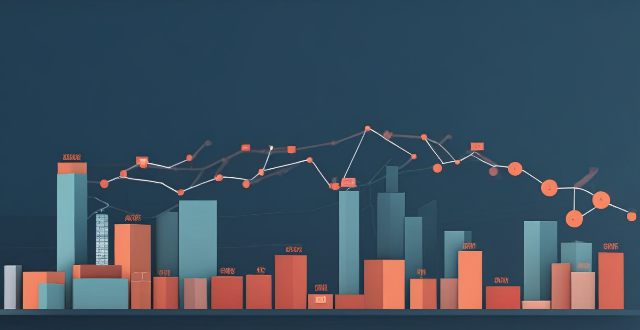Economic indicators significantly influence currency exchange rates by reflecting the health and performance of an economy, affecting demand for its currency. Key indicators include Gross Domestic Product (GDP), interest rates, inflation rates, trade balance, political stability, employment data, and consumer confidence. A strong economy typically leads to an appreciation of its currency, while a weaker economy can result in depreciation. These indicators are closely monitored by investors and traders to make informed decisions about buying or selling currencies.

How Economic Indicators Influence Currency Exchange Rates
Economic indicators are crucial in determining the value of a country's currency on the foreign exchange market. These indicators provide insights into the health and performance of an economy, which directly affect the demand for its currency. Here's a detailed look at how economic indicators influence currency exchange rates:
1. Gross Domestic Product (GDP)
The GDP is a key indicator of a country's economic strength. A higher GDP typically indicates a stronger economy, leading to increased demand for that country's currency. This can result in an appreciation of the currency relative to others.
Key Points:
- Higher GDP = Stronger Economy = Appreciation of Currency
- Lower GDP = Weaker Economy = Depreciation of Currency
2. Interest Rates
Interest rates set by central banks play a significant role in currency valuation. Higher interest rates attract foreign capital, increasing the demand for the domestic currency and causing it to appreciate. Conversely, lower interest rates can lead to depreciation.
Key Points:
- Higher Interest Rates = Attraction of Foreign Capital = Appreciation of Currency
- Lower Interest Rates = Outflow of Capital = Depreciation of Currency
3. Inflation Rates
Inflation affects the purchasing power of a currency. High inflation erodes the value of money over time, making imports cheaper and exports more expensive. This can lead to a decrease in the value of the currency on the forex market.
Key Points:
- High Inflation = Lower Purchasing Power = Depreciation of Currency
- Low Inflation = Stable Purchasing Power = Stable or Appreciating Currency
4. Trade Balance
A country's trade balance, which is the difference between imports and exports, also impacts currency values. A surplus (more exports than imports) indicates that foreigners need more of the domestic currency to buy goods, leading to an appreciation. A deficit has the opposite effect.
Key Points:
- Trade Surplus = More Exports = Appreciation of Currency
- Trade Deficit = More Imports = Depreciation of Currency
5. Political Stability and Government Policies
Political stability and government policies, including fiscal and monetary policies, influence investor confidence and economic performance. Stable governments with sound policies tend to attract investment, strengthening their currencies. Uncertainty or poor policy decisions can lead to currency depreciation.
Key Points:
- Stable Govt & Sound Policies = Investor Confidence = Strong Currency
- Unstable Govt & Poor Policies = Investor Skepticism = Weak Currency
6. Employment Data
Employment figures, such as the unemployment rate, reflect the health of an economy. Lower unemployment rates suggest a strong job market, which can boost consumer spending and economic growth, positively affecting the currency's value.
Key Points:
- Low Unemployment = Strong Job Market = Positive Economic Outlook = Strong Currency
- High Unemployment = Weak Job Market = Negative Economic Outlook = Weak Currency
7. Consumer Confidence
Consumer confidence measures how optimistic consumers are about the economy's future. High confidence leads to increased spending, which can stimulate economic growth and strengthen the currency. Low confidence has the opposite effect.
Key Points:
- High Consumer Confidence = Increased Spending = Economic Growth = Strong Currency
- Low Consumer Confidence = Decreased Spending = Economic Slowdown = Weak Currency
In conclusion, economic indicators play a vital role in determining currency exchange rates by providing insights into the overall health and potential growth of an economy. Investors and traders closely monitor these indicators to make informed decisions about buying or selling currencies.